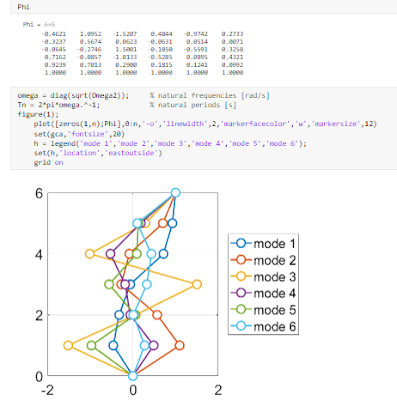Source: Amanda Patterson. "What is A Paraprosdokian?". Writers Write. https://writerswrite.co.za/what-is-a-paraprosdokian/
The second article I read was titled "3 Super Sidekicks & What They do for Your Story". This article focused on how a sidekick is essential to the plot of many good stories, and it also says when to leave sidekicks out. The article focuses on three sidekicks: Doctor Watson (Sherlock Holmes), Samwise (Lord of the Rings), and Obelix (Asterix). The article explains that a sidekick should not be used unless it furthers the plot, but, even then, special attention must be paid when writing a sidekick. The sidekick should help the protagonist or bring out more of the protagonist that would not be visible without someone close with him.
The author makes note that Doctor Watson was particularly effective as a sidekick because his character was so well-developed. Further, Watson also told the story of Sherlock Holmes, giving more insight into Sherlock Holmes as a character without giving away all of Sherlock's secrets.
Samwise was so good as a sidekick because he was so supportive of Frodo throughout the entire series. Without Samwise, Frodo would not have been able to finish his quest. However, J.R.R. Tolkien did an excellent job of not making Samwise into the main character. Samwise also added comedic relief and keep the books relatable to readers.
Obelix was a great sidekick because he was necessary to the comic and was like "the other half" to Asterix. Obelix was strong and sometimes dumb. This caused Obelix to unwittingly mess up Asterix's plans, creating comedy.
Source: Christopher L. Dean. "3 Super Sidekicks & What They Do For Your Story". Writers Write. https://writerswrite.co.za/3-super-sidekicks-what-they-do-for-your-story/
The next article I read was "The 3 Best Tips For Writing Dialogue". Anyone who has read my stories this semester knows I struggle with dialogue. In real life, I'm a simply-spoken person. I prefer to keep my vocabulary simple and understandable, and I do not go on-and-on about anything (unless it is civil engineering related; don't even get me started on concrete...). However, this has sadly leaked into my writing style in a manner such that dialogue stories I write are too straightforward and don't build much plot.
The article stated that the three tips for better dialogue are read, listen, and watch. This article can be summarized rather quickly. First, does your dialogue match the tone your story is trying to set? Don't use wording that wouldn't actually be used in that scenario. Second, it is very important that the character acts like they speak. If a character is speaking something sad, it is useful to show that the character is sad through descriptive wording. The final piece of advice is to never write with an accent. Readers do not want that.
Source: Christopher L. Dean. "The 3 Best Tips For Writing Dialogue". Writers Write. https://writerswrite.co.za/the-3-best-tips-for-writing-dialogue/
 |
| An image of dialogue from Public Domain Vectors |






